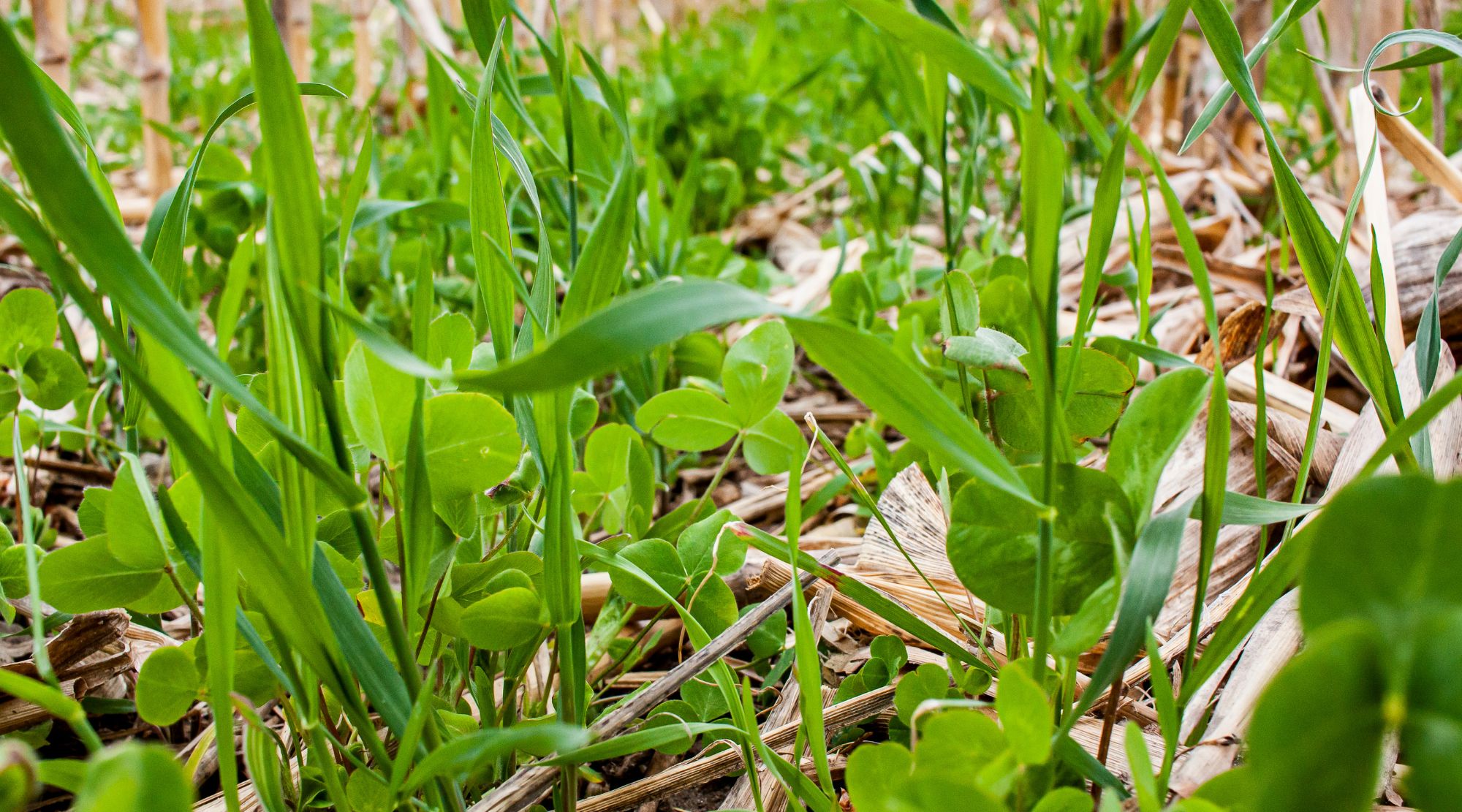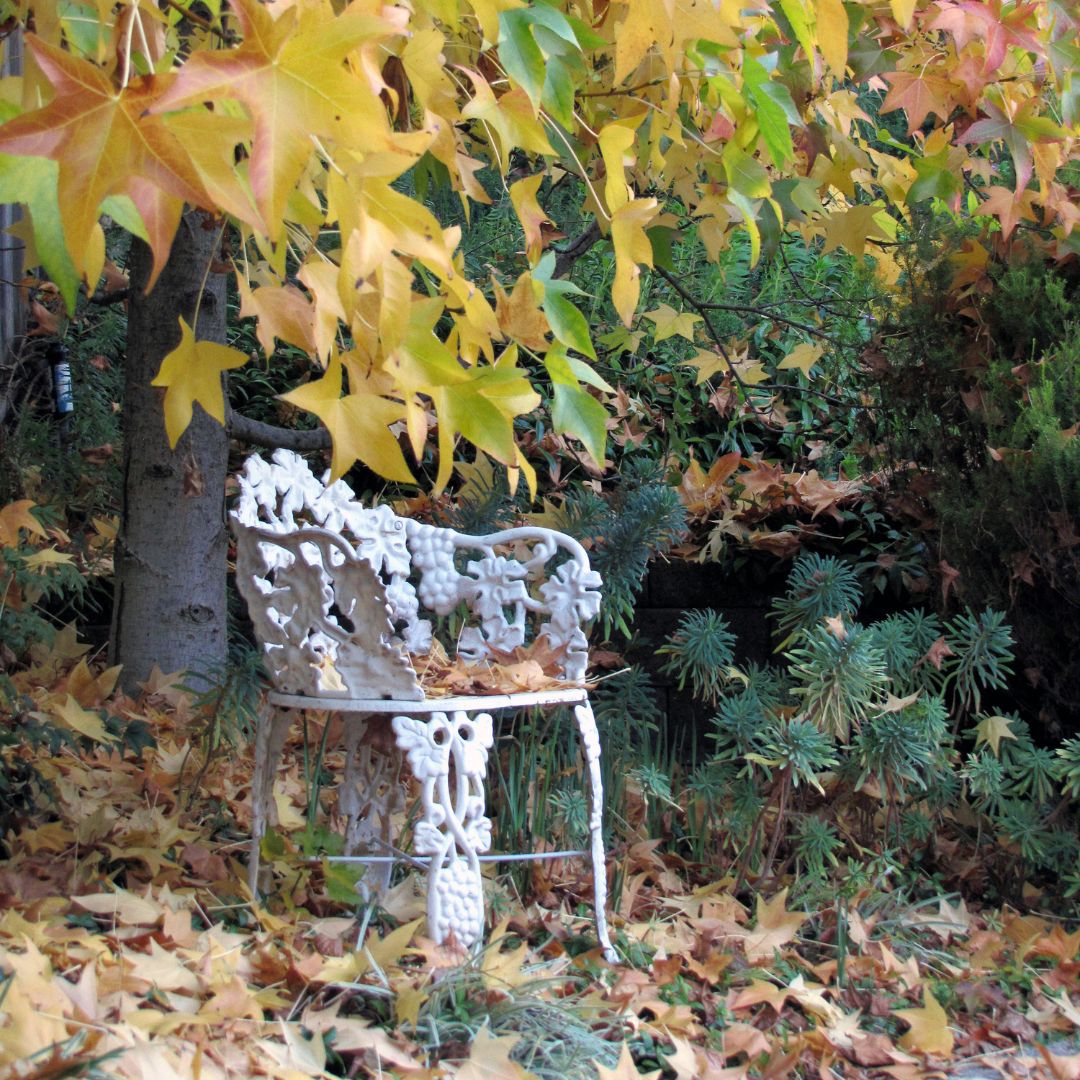Don't Fall Behind Planning for Your Spring Garden
Niki Kenniff
Agriculture & Horticulture
Program Assistant
 It is the perfect time for gardeners to start thinking ahead as summer slides into fall. You can begin soil preparation for spring right now. A soil test is a great place to start. If you haven’t had your soil tested in three years or more, it’s time to get a sample to your local K-State Extension office. Lawn & Garden Soil Test (k-state.edu) . You have time to make the necessary adjustments and amendments now if the test indicates a pH or nutrient imbalance.
It is the perfect time for gardeners to start thinking ahead as summer slides into fall. You can begin soil preparation for spring right now. A soil test is a great place to start. If you haven’t had your soil tested in three years or more, it’s time to get a sample to your local K-State Extension office. Lawn & Garden Soil Test (k-state.edu) . You have time to make the necessary adjustments and amendments now if the test indicates a pH or nutrient imbalance.
Fall is also a great time to add compost or other green materials, such as grass clippings or raked leaves to your garden. The cycle of freezing and thawing throughout the winter months will break down and move nutrients and organic matter into your soil. A maximum of six inches of shredded leaves or other vegetation can be spread over the garden and allowed to compost naturally into the soil over the winter. Incorporation of the materials into the soil is beneficial, either by hand with a spade or with a tiller, but be mindful to not over till as this can damage the soil structure, leading to reduced available nutrients, loss of pore space, compaction and an inability of the soil to hold moisture. Also, never work the soil if it is wet. Tilling when the soil is wet can lead to compaction, large clods and limited root growth for further plantings.

Many of us struggle with heavy clay soil in this area. The addition of organic matter can help in numerous ways. The addition of compost, leaves or green matter in the fall to breakdown over winter increases organic matter to the soil which adds nutrients to plants, aids in water penetration and retention and creates a better soil profile with air pockets and less compaction. This addition of organic materials should occur annually as the materials continue to break down and need to be replenished.
Do not include wood ash from stove or firepit in garden mulch. Wood ash is high in pH and offers little in the way of available nutrients to the soil. The soil pH in our area is on the higher side and unless a soil test has indicated the need to raise your pH, add the wood ash to your compost pile to allow it to break down.
The addition of a cover crop or green compost in the fall can be a wonderful way to improve your soil for the spring. It will decrease soil erosion and runoff over the winter, decrease weeds in the space, and add nutrients and organic matter to your soil for spring planting. Here is a good publication for more on fall/winter cover crops from the Illinois Extension with similar USDA Growing Zones.
https://extension.illinois.edu/blogs/garden-scoop/2020-08-22-cover-crops-home-gardening
Finally, don’t forget to harvest seed from your plants now if you plan to share or start more. Harvest on a dry day and store seeds in a dry, dark and cool place until time to germinate them. Do not forget to label them!
